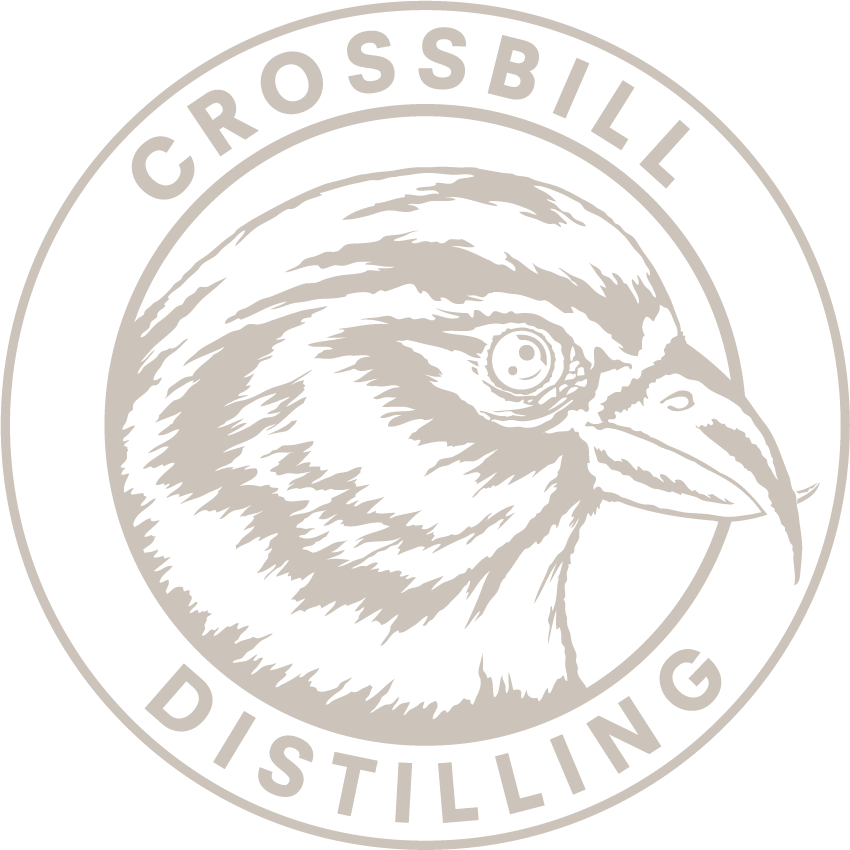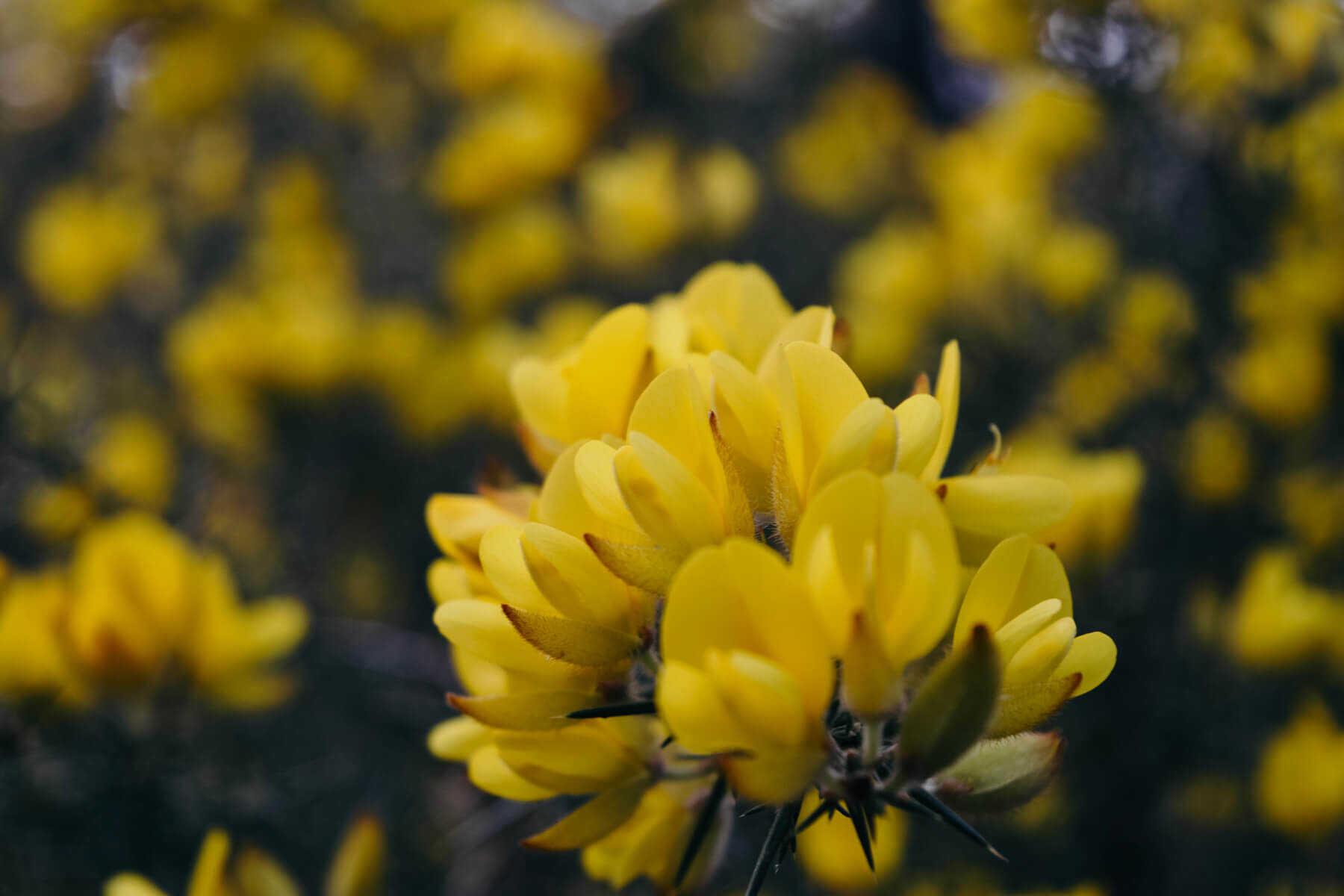Wild Rosehip & The Importance of Botanicals
It would be easy to say that gin is a spirit entirely defined by juniper. But it was something other than the fragrant berries that brought gin to everyone’s attention after Hendricks first launched more than twenty years ago. It was the innovative use of botanicals. To be classified as gin, the spirit must have a certain level of juniper, which is where the fresh pine taste comes from. Other than that, gin distillers are free to choose their botanicals. Today, gins are created and selected based on their dominant flavours, collectively known as botanicals.
The sheer number of botanicals is extensive, and there have been many books exploring their individual properties and use. Apart from traditional ones such as angelica root, coriander seeds, citrus or cardamom, many distilleries often include ingredients specific to the region in which the spirit is made. Gin enthusiasts can now choose from a wide range of distilleries using common Scottish botanicals. For example, some island gins use up to thirty-one botanicals including sea kelp or bog myrtle, while others from the Highlands consist exclusively of juniper, heather and gorse.
It is the use of locally sourced botanicals that created a unique connection between the distillery and its geographical location. This approach seems to dominate between gins made in Scotland rather than anywhere else in the world. It was suggested that such emphasis on local use of botanicals makes the qualities of Scottish gins similar to those often attributed to terroir wines. It is the connection to the place expressed by using botanicals that makes the particular gin a unique product of its environment. With over ninety gin distilleries currently operating in Scotland, there should be plenty of unique expressions to discover.
However, most gin makers import dried farmed botanicals and use between five and fifteen exotic botanicals in their gins. By comparison, Crossbill Distilling uses two botanicals, wild Scottish juniper and wild Scottish rosehip, handpicked and fresh. We harvest our botanicals by hand in the Scottish Highlands, using a traditional method that dates back to the creation of gin. To avoid foraging in huge blocks, we exercise something like a rolling forage. Focusing only on the berries, we never pick up roots or strip the bushes completely. While showing care and consideration to the surrounding plants and wildlife, we help to ensure regeneration of the Juniper bushes for the following years’ harvests.
Apart from juniper, the only dominant botanical in our gin is rosehip. Wild Scottish Rosehip is the fruit of the rose plant, the rounded part of the flower just below the petals and begins to form after pollination in late spring and ripens over summer. Rosehip grows wild across Scotland and in the sheltered parts of the Highland moorlands alongside our juniper. We harvest by hand in early autumn before and after the first frost, when the rosehip is deep red in colour and the fruit is soft and ripe. Fresh rosehip adds a delicate sweet flavour to compliment the fresh juniper in Crossbill gin.
Rosehip has many uses in traditional herbal medicine. The ripe fruits have high levels of Vitamin C, A and contain Vitamins K, B1 and B2. Either raw or dried, rosehips are used for herbal teas, syrups, sauces, pies and jams. They are particularly popular in Eastern and Northern Europe – it is a common ingredient in palinka, a spirit produced in Hungary and Romania. Swedish rosehip soup, or nyponsoppa, is a warming drink or a cold dessert topped with sweet almond macaroons.




